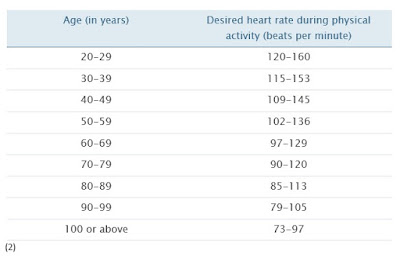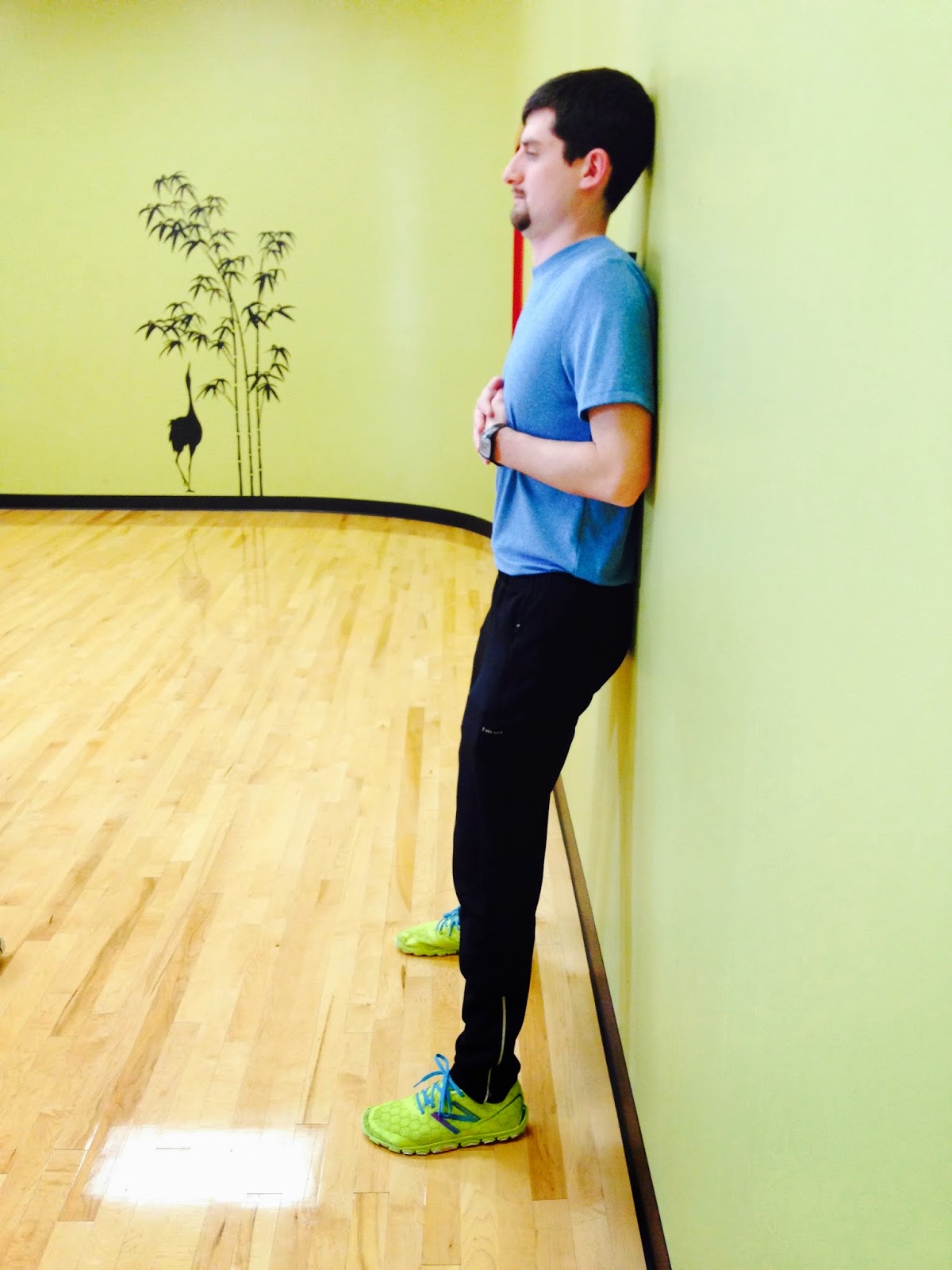Cape Cod offers us some of the
world’s best beaches and with almost 560 miles of coastline we can use these
beaches to take our agility workouts to the next level.
world’s best beaches and with almost 560 miles of coastline we can use these
beaches to take our agility workouts to the next level.
Although research varies, training
on sandy surfaces can have many benefits such as reduced impact during training
on your joint surfaces, increased physical and metabolic demands, and
increasing proprioception (understanding where your body is in time and space).
on sandy surfaces can have many benefits such as reduced impact during training
on your joint surfaces, increased physical and metabolic demands, and
increasing proprioception (understanding where your body is in time and space).
It is also important to understand
that due to the unstable surface ground force production changes and
alterations in form may occur. Some research has proven that sprint times have
been shown to actually decrease due to altered running mechanics. It is highly
important to start slow and to maintain proper body alignment if you want to
reap the most benefit from your workout.
that due to the unstable surface ground force production changes and
alterations in form may occur. Some research has proven that sprint times have
been shown to actually decrease due to altered running mechanics. It is highly
important to start slow and to maintain proper body alignment if you want to
reap the most benefit from your workout.
Clients should be primarily
focused on explosiveness and strength of the movements as this is where the
majority of benefits can be gained. With the exercises below, we are going to
focus on Ladder Agility Drills that can improve lower body agility and
explosiveness.
focused on explosiveness and strength of the movements as this is where the
majority of benefits can be gained. With the exercises below, we are going to
focus on Ladder Agility Drills that can improve lower body agility and
explosiveness.
Forward 2 Feet In Each
Moving straight through the ladder
quickly get both feet into a box before moving to the next one.
quickly get both feet into a box before moving to the next one.
Lateral 2 Feet In Each
Moving to the right through the ladder
quickly get both feet into a box before moving to the next one. Return back to
the left.
quickly get both feet into a box before moving to the next one. Return back to
the left.
Diagonal 2 Feet In, 1 Foot Out
“Icky Shuffle”
Start with both feet out of the
ladder to the right, step in with the left foot then the right foot as you cross to
the other side of the ladder, touch the left foot outside of the ladder and
return back touching right foot then left foot back into the ladder.
ladder to the right, step in with the left foot then the right foot as you cross to
the other side of the ladder, touch the left foot outside of the ladder and
return back touching right foot then left foot back into the ladder.
Lateral Step In, Step Outs
Leading with the left foot
alternate stepping feet into the ladder and out of the ladder as you move to
the left. Return back to the right leading with the right foot.
alternate stepping feet into the ladder and out of the ladder as you move to
the left. Return back to the right leading with the right foot.
2 Feet Out, 1 Foot Cross Behind
“Scorpion”
Stepping in place take your
outside leg and swing it behind your body and tap the foot inside of the ladder
as you move forward along the outside of the ladder.
outside leg and swing it behind your body and tap the foot inside of the ladder
as you move forward along the outside of the ladder.
Single Leg In Outs
Starting outside of the ladder on
your left leg, perform single leg hop in and out of the ladder as you move forward. Return
back on the right leg.
your left leg, perform single leg hop in and out of the ladder as you move forward. Return
back on the right leg.
Single Leg Hop & Squat
Alternate performing a single leg hop
into the ladder to hopping onto both feet outside of the ladder and performing
a squat, return back into the ladder on the opposite leg.
into the ladder to hopping onto both feet outside of the ladder and performing
a squat, return back into the ladder on the opposite leg.
Blog post by Craig Moody.



















